Homegrown Beetroot: Your Guide to a Vibrant Harvest
Homegrown beetroot – the very words conjure up images of vibrant crimson roots, bursting with earthy sweetness, freshly pulled from your own garden. But achieving that perfect harvest doesn’t require acres of farmland or years of horticultural expertise. In fact, this article is your passport to unlocking the secrets of successfully growing your own delicious beetroot, even if you’ve only got a small balcony or a window box!
For centuries, beetroot has held a significant place in culinary traditions across the globe, from ancient Egypt to modern-day kitchens. Its rich history extends beyond mere sustenance; it’s been a source of vibrant color for dyes, a medicinal ingredient, and, of course, a beloved vegetable. But let’s be honest, the joy of biting into a homegrown beetroot, knowing you nurtured it from seed to harvest, is an unparalleled experience.
Why Grow Your Own Beetroot?
There are so many reasons to embark on this rewarding journey! Firstly, the taste is simply unbeatable. Store-bought beetroot often lacks the intense flavor and sweetness of freshly harvested homegrown beetroot. Secondly, you have complete control over the growing process, ensuring your beetroot is free from pesticides and other chemicals. And finally, the sheer satisfaction of nurturing a plant from seed to a delicious, healthy crop is incredibly rewarding. This article will equip you with the Homegrown Beetroot knowledge and DIY tricks you need to achieve a bountiful harvest.
So, whether you’re a seasoned gardener or a complete beginner, get ready to roll up your sleeves and discover the simple yet effective techniques that will transform your garden (or even a small pot!) into a thriving beetroot patch. Let’s get growing!
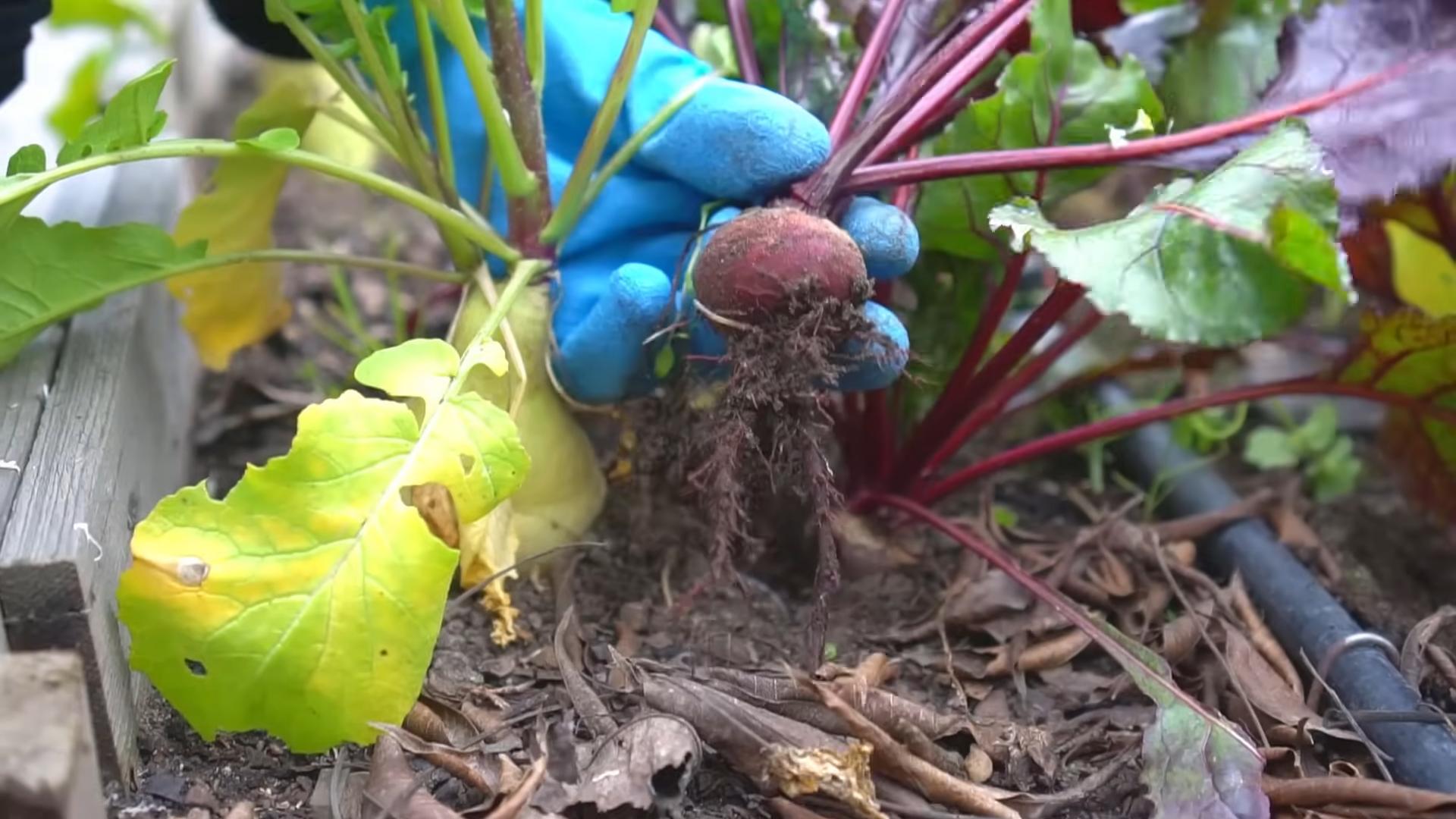
Growing Your Own Beetroots: A Complete Guide
I love the earthy sweetness of homegrown beetroots. They’re so much more flavorful than store-bought ones, and knowing exactly where they came from is incredibly satisfying. This guide will walk you through the entire process, from seed to harvest, so you can enjoy your own delicious beetroots.
Choosing Your Beetroot Seeds and Location
- Seed Selection: Choose beetroot seeds from a reputable supplier. Look for varieties suited to your climate. Some popular choices include ‘Detroit Dark Red’, ‘Chioggia’ (candy cane beetroot), and ‘Golden Beet’. Consider the size you prefer – some varieties produce smaller, more tender roots, while others grow larger.
- Location, Location, Location: Beetroots need at least six hours of sunlight per day. Select a sunny spot in your garden with well-drained soil. Poor drainage can lead to root rot, a common beetroot problem. Beetroots prefer slightly acidic to neutral soil (pH 6.0-7.0). You can test your soil’s pH using a home testing kit available at most garden centers.
- Soil Preparation: Beetroots thrive in loose, fertile soil. Amend heavy clay soils with compost or well-rotted manure to improve drainage and aeration. Work the soil to a depth of about 12 inches. Remove any rocks or debris that could hinder root growth. A good tilling is key for a successful harvest.
Sowing Your Beetroot Seeds
- Timing is Everything: The best time to sow beetroot seeds is after the last frost and when the soil temperature has warmed to at least 50°F (10°C). This usually falls in spring or early summer, depending on your location. You can also sow a second crop in late summer for a fall harvest.
- Direct Sowing: Beetroots are best sown directly into the garden bed. Don’t start them indoors; they don’t transplant well. Sow seeds about ½ inch deep and 1-2 inches apart. Beetroot seeds are actually clusters of several seeds, so thin them later.
- Spacing: For optimal growth, space the rows 12-18 inches apart. This allows for adequate space for the roots to develop without overcrowding.
- Watering: Keep the soil consistently moist but not waterlogged after sowing. Use a gentle watering can or a soaker hose to avoid disturbing the seeds.
Thinning and Weeding
- Thinning: Once the seedlings have developed their first true leaves (after the initial seed leaves), thin them to 3-4 inches apart. This gives each plant enough space to grow into a large, well-formed beetroot. Carefully pull out the weaker seedlings, being careful not to disturb the roots of the plants you’re keeping.
- Weeding: Regularly weed around your beetroot plants to prevent competition for nutrients and water. Mulching with straw or other organic material can help suppress weeds and retain soil moisture.
Caring for Your Beetroots
- Watering: Consistent watering is crucial, especially during dry periods. Aim for about 1 inch of water per week. Water deeply and less frequently to encourage deep root growth.
- Fertilizing: While beetroots aren’t heavy feeders, a light application of balanced fertilizer can boost growth. Use a slow-release fertilizer or side-dress with compost tea. Avoid over-fertilizing, as this can lead to leafy growth at the expense of root development.
- Pest and Disease Control: Beetroots are relatively pest-resistant, but they can be susceptible to leaf miners and aphids. Monitor your plants regularly and take action if you notice any infestations. Organic pest control methods, such as insecticidal soap or neem oil, are effective and safe for your plants and the environment. Good air circulation can also help prevent fungal diseases.
Harvesting Your Beetroots
- Harvest Time: Beetroots are ready for harvest approximately 50-70 days after sowing, depending on the variety. The roots should be firm and about 2-3 inches in diameter. You can harvest them earlier for smaller, more tender beetroots.
- Harvesting Technique: Gently loosen the soil around the beetroot with a garden fork or trowel. Avoid damaging the roots. Pull the beetroots carefully from the ground, taking care not to break them off.
- Cleaning and Storage: Brush off any excess soil. Trim the leaves, leaving about an inch of stem attached. Store beetroots in a cool, dark, and humid place, such as a refrigerator crisper drawer. They can last for several weeks if stored properly.
Troubleshooting Common Beetroot Problems
Root Cracking:
This is often caused by inconsistent watering. Ensure consistent moisture throughout the growing season. Avoid letting the soil dry out completely.
Leaf Miner Infestation:
Leaf miners tunnel through the leaves, causing unsightly damage. Use row covers to prevent infestation or handpick the affected leaves.
Aphids:
Aphids suck sap from the leaves, weakening the plants. Use insecticidal soap or neem oil to control aphid populations.
Remember to always check your plants regularly for any signs of disease or pest infestation. Early detection and treatment are key to a successful beetroot harvest.
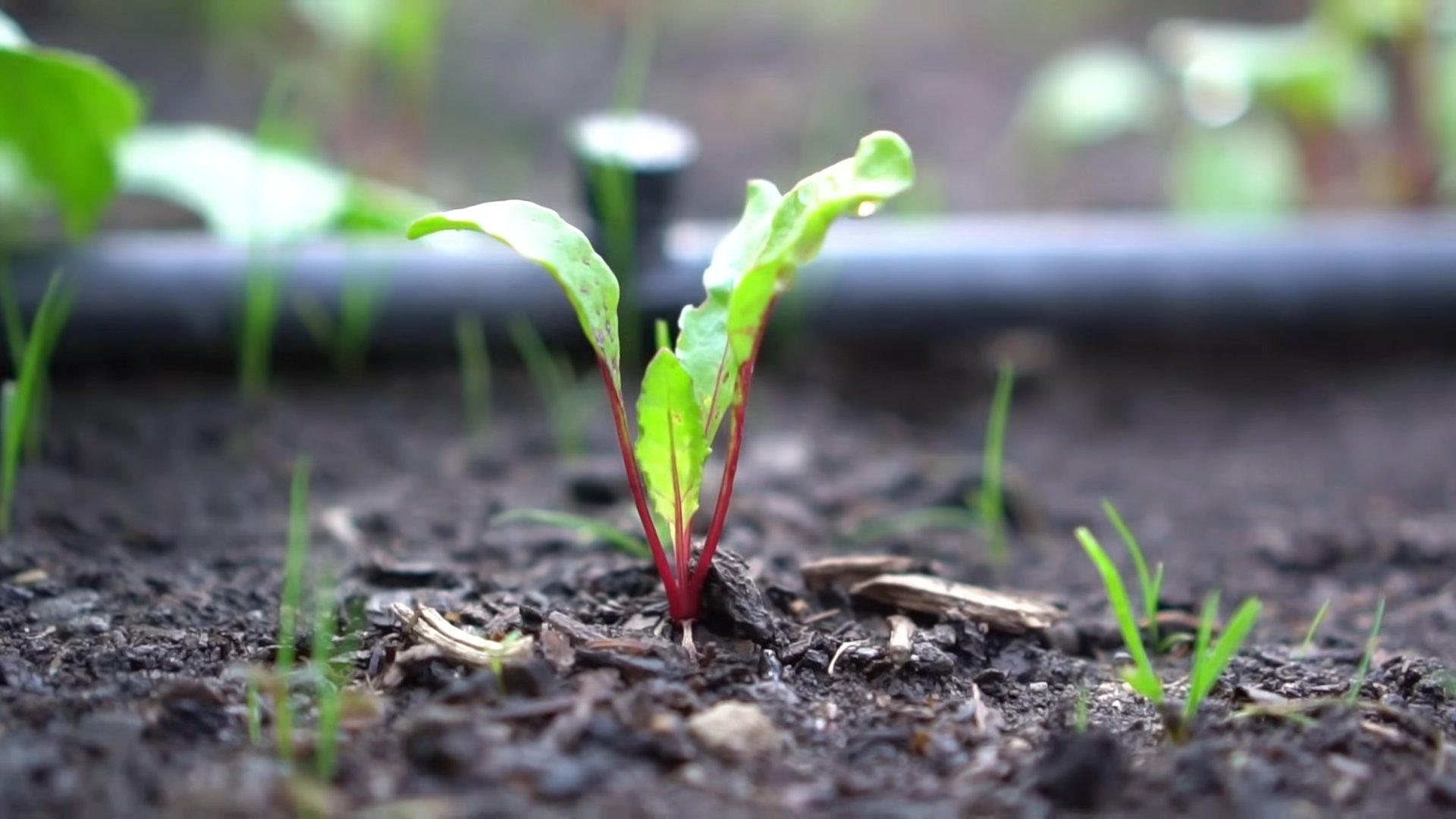
Conclusion
This homemade beetroot recipe is a must-try for several compelling reasons. First and foremost, it offers unparalleled freshness and flavor compared to store-bought options. You control the ingredients, ensuring a vibrant, naturally sweet beetroot experience free from unwanted additives or preservatives. The process itself is surprisingly simple and rewarding, making it accessible to even novice cooks. Growing your own beetroot, even in a small space, connects you to the source of your food, fostering a deeper appreciation for the culinary process. Beyond the taste and simplicity, this DIY approach allows for customization. You can experiment with different beetroot varieties, each offering unique nuances in color and flavor. The satisfaction of harvesting your own beetroot and transforming it into a delicious meal is truly unmatched. This homegrown beetroot experience elevates the humble beetroot from a simple root vegetable to a culinary adventure.
Beyond the basic recipe, there are countless ways to explore and expand upon this foundation. Consider roasting the beetroot for a deeper, earthier flavor, perfect for salads or as a side dish. You can also pickle your homegrown beetroot, creating a tangy and flavorful condiment that adds a unique twist to sandwiches, burgers, or charcuterie boards. Pureeing the cooked beetroot creates a vibrant and healthy addition to soups, smoothies, or even as a natural food coloring. Experiment with different herbs and spices during the cooking process to further enhance the flavor profile. A touch of rosemary, thyme, or even a hint of chili powder can add unexpected depth and complexity. For a truly unique experience, try incorporating your homegrown beetroot into a vibrant and colorful beetroot hummus or a rich and decadent beetroot chocolate cake. The possibilities are truly endless!
We strongly encourage you to embark on this culinary journey and experience the joy of growing and preparing your own homegrown beetroot. The process is not only rewarding but also incredibly satisfying. Share your experiences with us! We’d love to hear about your successes, your challenges, and most importantly, your delicious creations. Post your photos and recipes on social media using #HomegrownBeetroot and tag us – we can’t wait to see what you come up with! Remember, the beauty of this recipe lies in its adaptability. Don’t be afraid to experiment, to personalize, and to make it your own. Embrace the journey from seed to plate and discover the magic of homegrown beetroot.
Frequently Asked Questions
What type of soil is best for growing beetroot?
Beetroot thrives in loose, well-drained soil rich in organic matter. Avoid heavy clay soils, as they can hinder root development. Amend heavy clay soils with compost or other organic materials to improve drainage and aeration. A slightly acidic to neutral pH (6.0-7.0) is ideal.
How much sunlight do beetroot plants need?
Beetroot plants require at least six hours of direct sunlight per day for optimal growth. Choose a sunny location in your garden or consider using grow lights if you’re growing them indoors. Insufficient sunlight can lead to smaller, less flavorful beets.
When is the best time to harvest homegrown beetroot?
The ideal time to harvest beetroot is typically 50-70 days after sowing, depending on the variety. Beets are ready for harvest when they reach the desired size (usually 2-3 inches in diameter). You can gently tug on the leaves to check – if they come up easily, the beets are ready.
What if my beetroot is too small or too large?
Small beetroot may indicate insufficient sunlight, poor soil conditions, or overcrowding. Large beetroot may become woody and less flavorful. Ensure proper spacing between plants and provide adequate sunlight and nutrients. Consider planting different varieties to find one that suits your growing conditions and preferences.
Can I store homegrown beetroot?
Yes, homegrown beetroot can be stored for several weeks. Trim the greens, leaving about an inch of stem attached. Store the beets in a cool, dark, and humid place, such as a root cellar or the crisper drawer of your refrigerator. Avoid washing the beets before storing to prevent premature spoilage.
What are some common problems when growing beetroot?
Common problems include leaf miner infestation, fungal diseases (like leaf spot), and weed competition. Regularly inspect your plants for signs of pests or diseases and take appropriate action. Weed regularly to prevent competition for nutrients and water. Consider using organic pest control methods to protect your crop.
Can I use this recipe with store-bought beetroot?
While this recipe is optimized for the superior flavor of homegrown beetroot, you can certainly adapt it to use store-bought beetroot. However, keep in mind that the flavor and texture might differ slightly. Choose firm, unblemished beets for the best results. You may need to adjust cooking times depending on the size and age of the store-bought beetroot.
What if I don’t have a garden?
Even without a traditional garden, you can still grow beetroot! Consider using containers or raised beds on a balcony or patio. Choose compact beetroot varieties suitable for container gardening. Ensure adequate drainage and sunlight for optimal growth. With a little planning, you can enjoy the rewards of homegrown beetroot even in limited spaces.

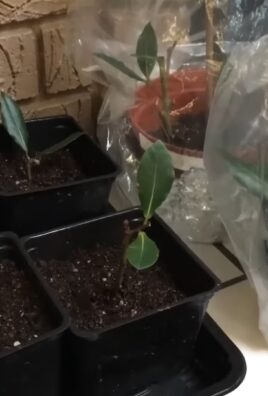
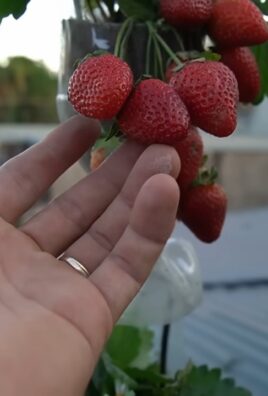
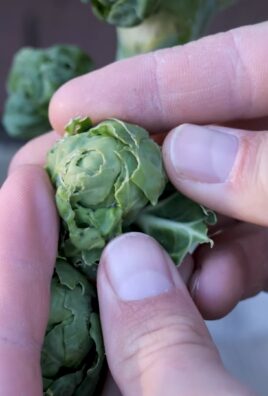
Leave a Comment